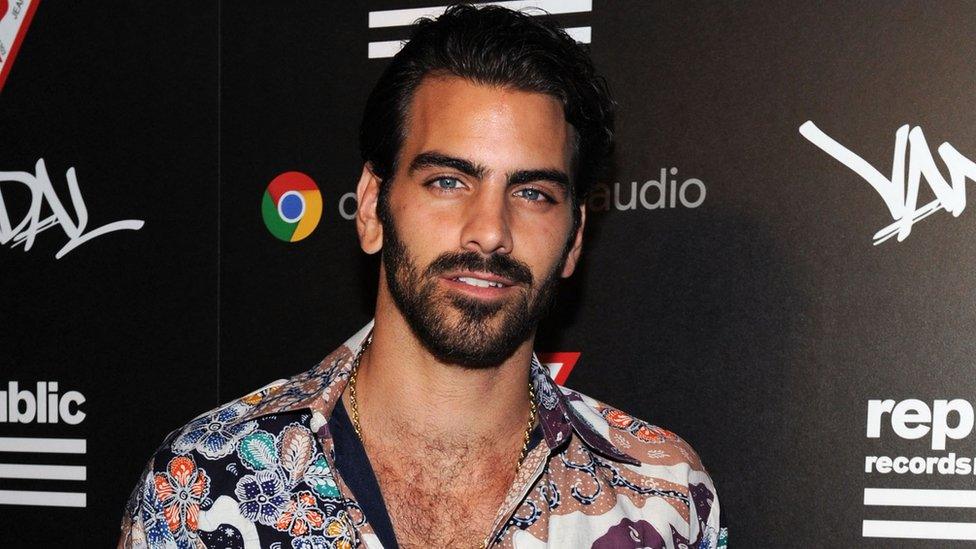Young viewers prefer TV subtitles, research suggests
- Published
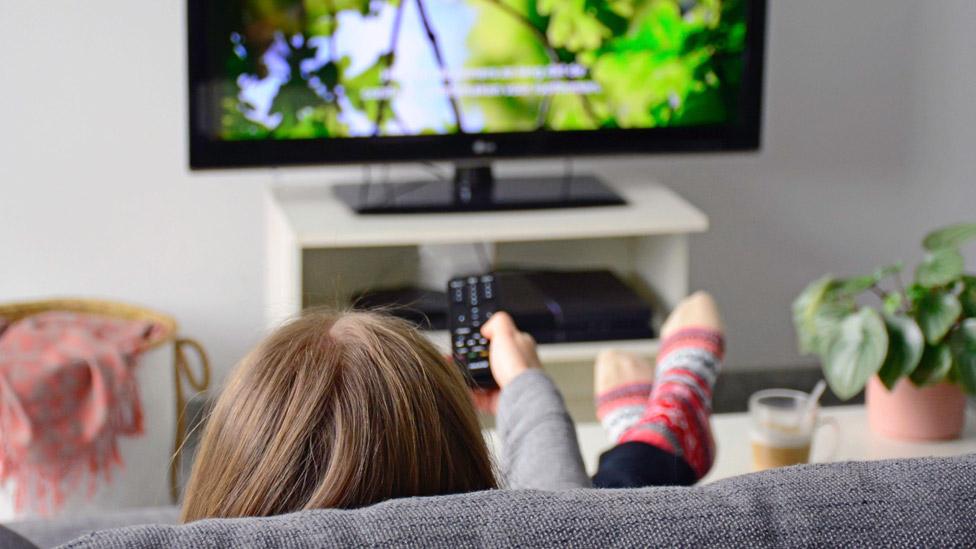
Young people are almost four times more likely than older viewers to watch TV shows with subtitles, despite having fewer hearing problems, according to research by a captioning charity.
Four out of five viewers aged 18-25 said they use subtitles all or part of the time, Stagetext's figures said.
Less than a quarter of those aged between 56 and 75 said they do so.
But people in that age bracket were almost twice as likely to say they are deaf or hard of hearing.
Originally intended to help those with hearing problems, subtitles have become an essential aid for following a show for many people - especially if other distractions and devices are competing for their attention.
Many have also got used to watching videos with subtitles on social media, while the success of programmes like South Korea's Squid Game shows they are no longer seen as an extra effort.
'More accepted'
"I think there's far more acceptance of subtitles by young people because it's the norm, whereas with an older age group, it isn't necessarily the norm," said Stagetext's chief executive Melanie Sharpe.
Older people often feel like subtitles require an "extra concentration level" when watching foreign-language productions, she said.
"Whereas I think young people can take in far more information quickly because they're used to it."

Source: Stagetext/Sapio Research
Stagetext provides captions for live and online events like theatre performances and talks.
The charity's research suggested an average of 31% of people would go to more live events and shows if more had captions on a screen in the venue. Among 18-25s, that figure was 45%, compared with 16% among over-56s.
Asked about events that moved online during lockdown, younger people were more likely to say captions helped them understand what was going on, whereas more older people said they were distracting.
The charity is calling for venues to continue to provide online performances with subtitles, and for more live shows to use captions.
"When Stagetext started, it was very much about putting the text on the side of the stage so somebody could read it at the same as a person hearing it," Ms Sharpe said.
Now, young directors and designers are increasingly creating plays with captions build into the sets as "an integral part of the artistic vision of a piece" she said. "And they're making it the norm."
Related topics
- Published22 October 2021
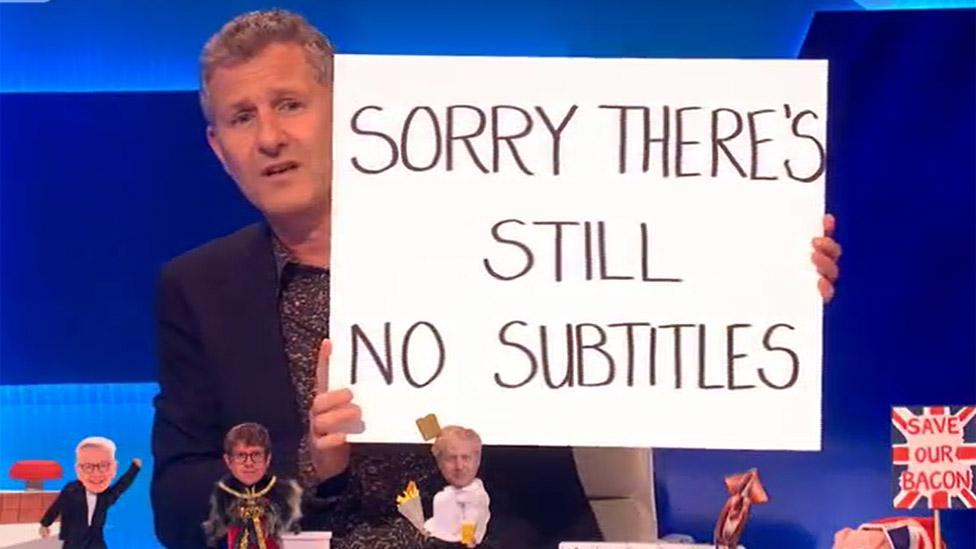
- Published4 October 2021

- Published11 January 2019
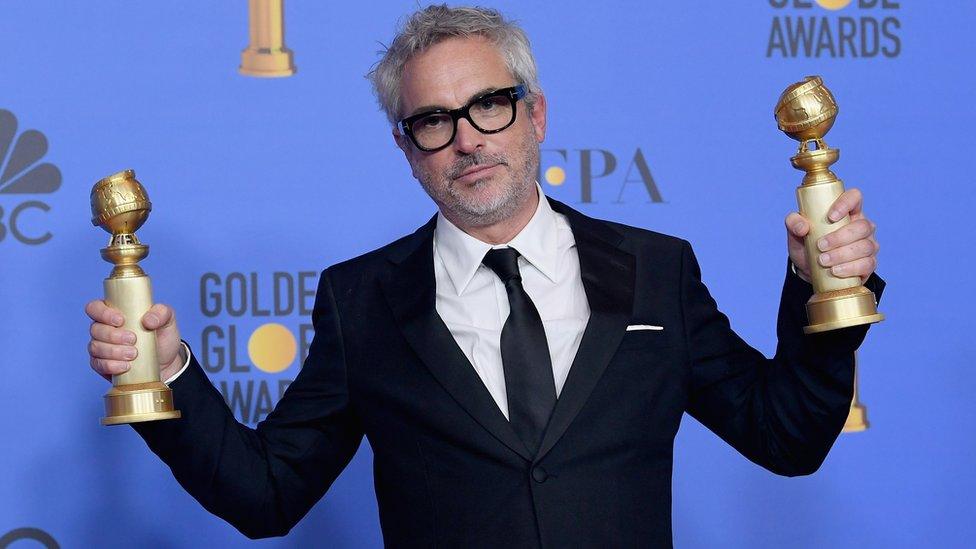
- Published9 October 2018
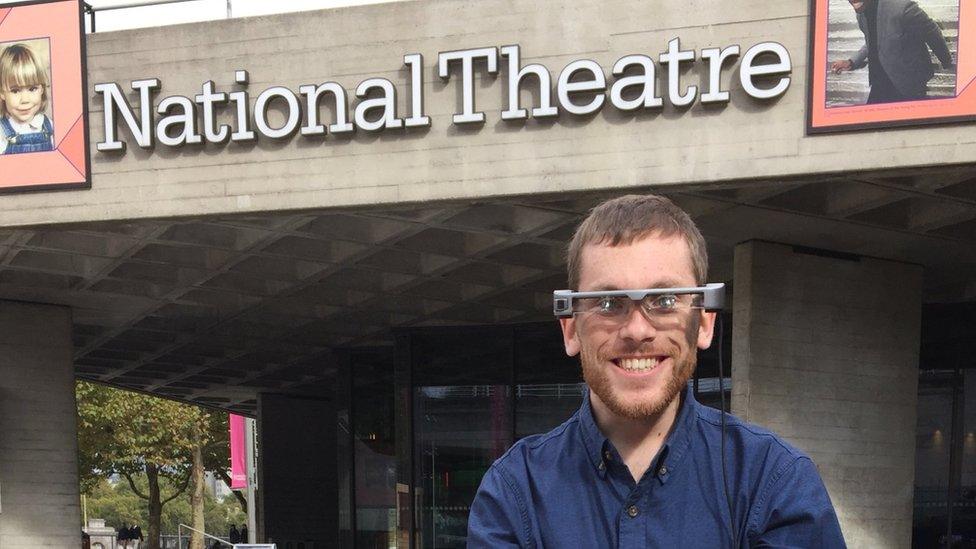
- Published19 February 2018
